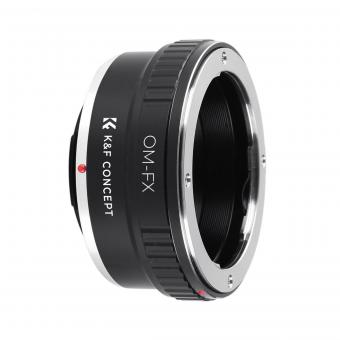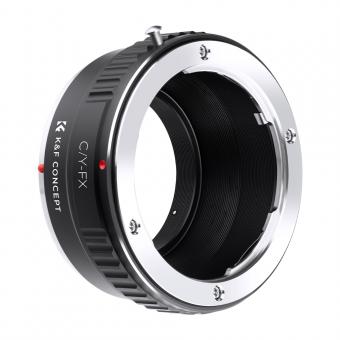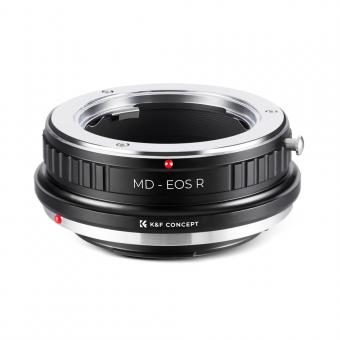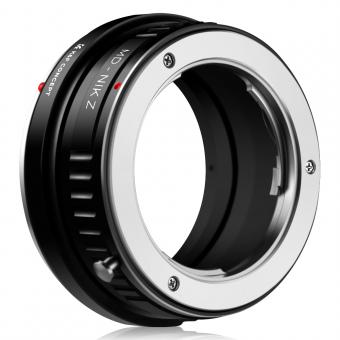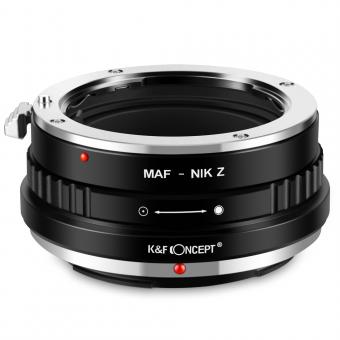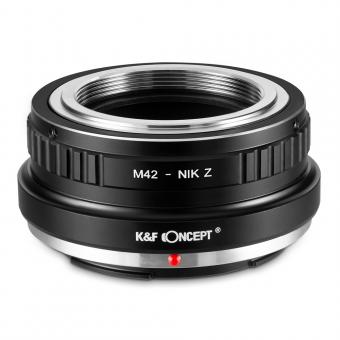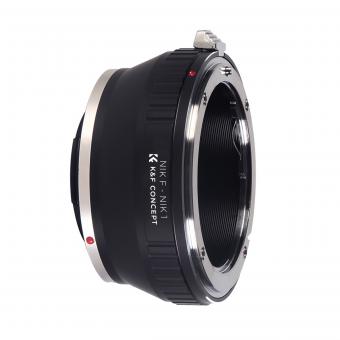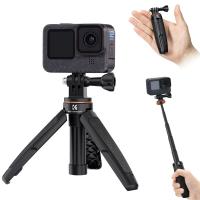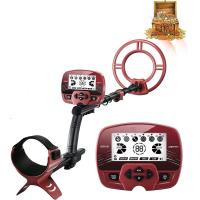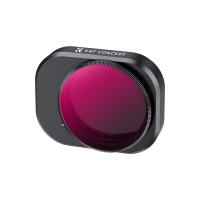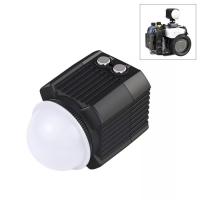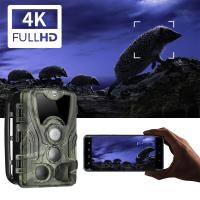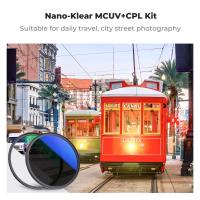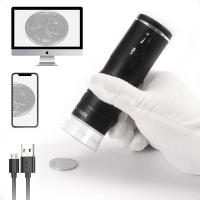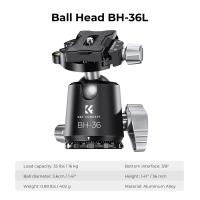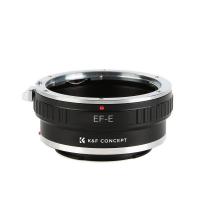What Do Different Nikon Mounts Mean ?
Different Nikon mounts refer to the various lens mounts used by Nikon cameras. Nikon has used several different mounts over the years, each with its own characteristics and compatibility. The most common Nikon mounts include:
1. F-mount: This is the most widely used Nikon mount and has been in existence since 1959. It is compatible with a wide range of Nikon lenses and is still used in modern Nikon DSLR and mirrorless cameras.
2. Z-mount: Introduced in 2018, the Z-mount is Nikon's latest lens mount designed specifically for their mirrorless cameras. It has a larger diameter than the F-mount, allowing for faster and higher-quality lenses.
3. DX-mount: This refers to the lens mount used in Nikon's APS-C format DSLR cameras. DX lenses are designed for these cameras and have a smaller image circle compared to full-frame lenses.
4. CX-mount: This is the lens mount used in Nikon's 1 series mirrorless cameras, which have a smaller sensor size than both full-frame and APS-C cameras.
Each Nikon mount has its own set of lenses that are compatible with it, so it's important to ensure that the lens you choose matches the mount of your Nikon camera.
1、 Nikon F-mount: Standard mount for Nikon SLR and DSLR cameras.
Nikon F-mount is the standard mount for Nikon SLR and DSLR cameras. It was introduced in 1959 and has since become one of the most widely used lens mounts in the industry. The F-mount is known for its durability, versatility, and compatibility with a wide range of lenses.
The F-mount has undergone several updates and modifications over the years to keep up with technological advancements. One of the key advantages of the F-mount is its backward compatibility, which means that older lenses can be used on newer camera bodies. This has allowed Nikon users to continue using their existing lenses even as new camera models are released.
In recent years, Nikon has introduced a new mount called the Z-mount for its mirrorless cameras. The Z-mount offers a larger diameter and shorter flange distance compared to the F-mount, which allows for the design of more compact and lightweight lenses. The Z-mount also enables faster autofocus performance and better low-light capabilities.
While the F-mount remains the standard for Nikon DSLRs, the Z-mount represents the future direction for Nikon's mirrorless camera system. Nikon has been steadily expanding its lineup of Z-mount lenses, offering photographers a growing range of options for their mirrorless cameras.
In conclusion, the Nikon F-mount is the standard mount for Nikon SLR and DSLR cameras, known for its durability and compatibility. The introduction of the Z-mount for mirrorless cameras represents Nikon's commitment to innovation and the future of photography.
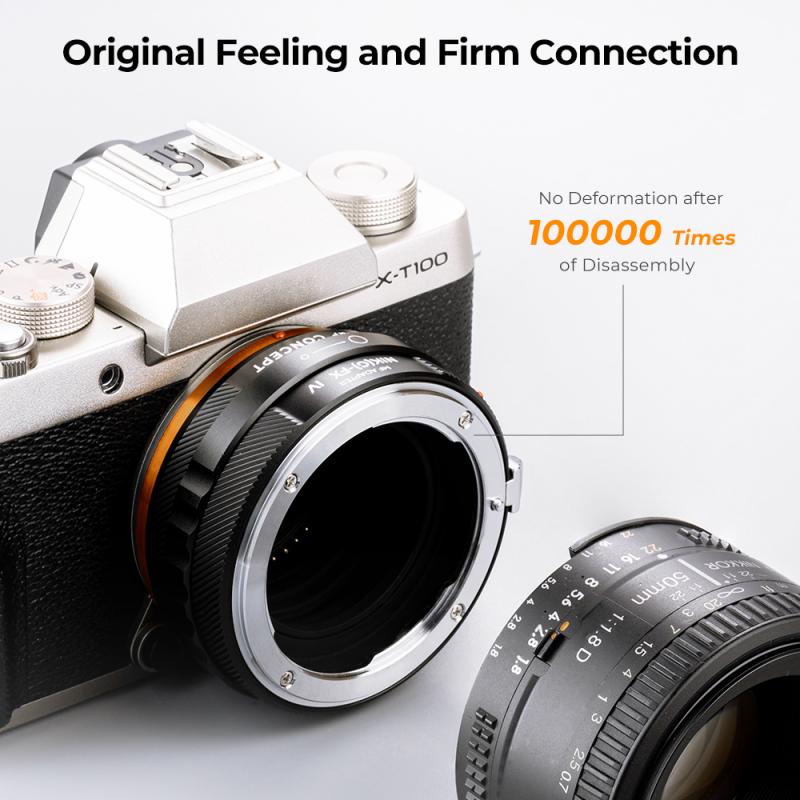
2、 Nikon Z-mount: Mirrorless mount for Nikon Z-series cameras.
Nikon Z-mount: Mirrorless mount for Nikon Z-series cameras.
The Nikon Z-mount is a mirrorless mount specifically designed for Nikon's Z-series cameras. It was introduced in 2018 with the launch of the Nikon Z7 and Z6 cameras. The Z-mount is significantly larger than Nikon's previous F-mount, which has been used for their DSLR cameras for many years.
The larger size of the Z-mount allows for a shorter flange focal distance, which means that the distance between the lens mount and the image sensor is reduced. This has several advantages, including the ability to design lenses with larger maximum apertures, improved image quality, and faster autofocus performance. The larger mount also allows for more flexibility in lens design, enabling Nikon to create high-quality lenses with advanced features.
One of the key benefits of the Z-mount is its compatibility with Nikon's existing F-mount lenses. Nikon has released an FTZ adapter that allows F-mount lenses to be used on Z-series cameras, ensuring that photographers can continue to use their existing lens collection. Additionally, Nikon has been steadily expanding its lineup of Z-mount lenses, offering a range of options for different types of photography.
Overall, the Nikon Z-mount represents a significant step forward for Nikon's mirrorless camera system. It offers improved performance, greater lens compatibility, and the potential for future lens innovations. As Nikon continues to develop its Z-series cameras and lenses, the Z-mount is likely to play a central role in the company's mirrorless strategy.
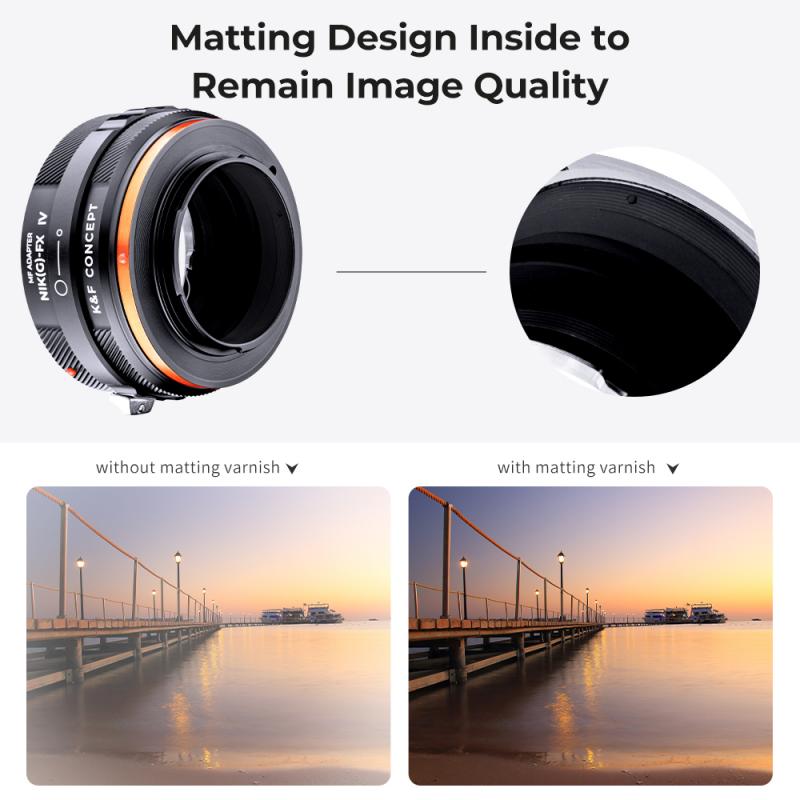
3、 Nikon DX-mount: Designed for Nikon DX-format APS-C sensor cameras.
Nikon DX-mount refers to a specific lens mount designed for Nikon DX-format APS-C sensor cameras. The DX-mount is exclusive to Nikon's crop sensor cameras, which have a smaller sensor size compared to full-frame cameras.
The DX-format APS-C sensor has a crop factor of 1.5x, meaning that the effective focal length of a lens is multiplied by 1.5 when mounted on a DX-format camera. This allows photographers to achieve a narrower field of view compared to full-frame cameras, making it ideal for capturing distant subjects or achieving a telephoto effect.
Nikon DX-mount lenses are specifically designed to cover the smaller sensor size of DX-format cameras. They are typically lighter, more compact, and more affordable compared to their full-frame counterparts. These lenses are optimized to provide excellent image quality and performance when used with DX-format cameras.
It is important to note that DX-mount lenses are not compatible with Nikon's full-frame cameras, which use the Nikon FX-mount. However, full-frame cameras can still use DX-format lenses, but with a crop factor applied. This versatility allows photographers to use DX-format lenses on full-frame cameras when needed, although the effective focal length will be multiplied.
In recent years, Nikon has introduced a new Z-mount system for their mirrorless cameras. The Z-mount offers a larger diameter and shorter flange distance, allowing for improved optical performance and the potential for more compact lens designs. However, the DX-mount remains relevant for Nikon's crop sensor DSLR cameras, providing a wide range of lens options for photographers.

4、 Nikon FX-mount: Designed for Nikon full-frame (35mm) sensor cameras.
Nikon FX-mount refers to a specific lens mount designed by Nikon for their full-frame (35mm) sensor cameras. The term "mount" refers to the physical connection between the camera body and the lens. Different camera manufacturers have their own unique lens mounts, and Nikon has several variations as well.
The FX-mount is specifically designed for Nikon's full-frame cameras, which means that it is compatible with lenses that cover the entire 35mm image sensor. Full-frame cameras offer a larger sensor size compared to crop-sensor cameras, resulting in better image quality, improved low-light performance, and a wider field of view.
With the FX-mount, Nikon users have access to a wide range of lenses that are specifically designed for full-frame cameras. These lenses are often high-quality and offer excellent optical performance. Additionally, the FX-mount is backward compatible with Nikon's older F-mount lenses, which means that users can also utilize a vast selection of legacy lenses.
It is worth noting that Nikon also has a DX-mount, which is designed for their crop-sensor cameras. DX-mount lenses are specifically designed to cover the smaller image sensor found in these cameras. While DX-mount lenses cannot be used on full-frame cameras, FX-mount lenses can be used on both full-frame and crop-sensor cameras.
In conclusion, the Nikon FX-mount is designed for their full-frame cameras and offers compatibility with a wide range of lenses. It provides photographers with access to high-quality lenses and the ability to use both modern and legacy Nikon lenses.


